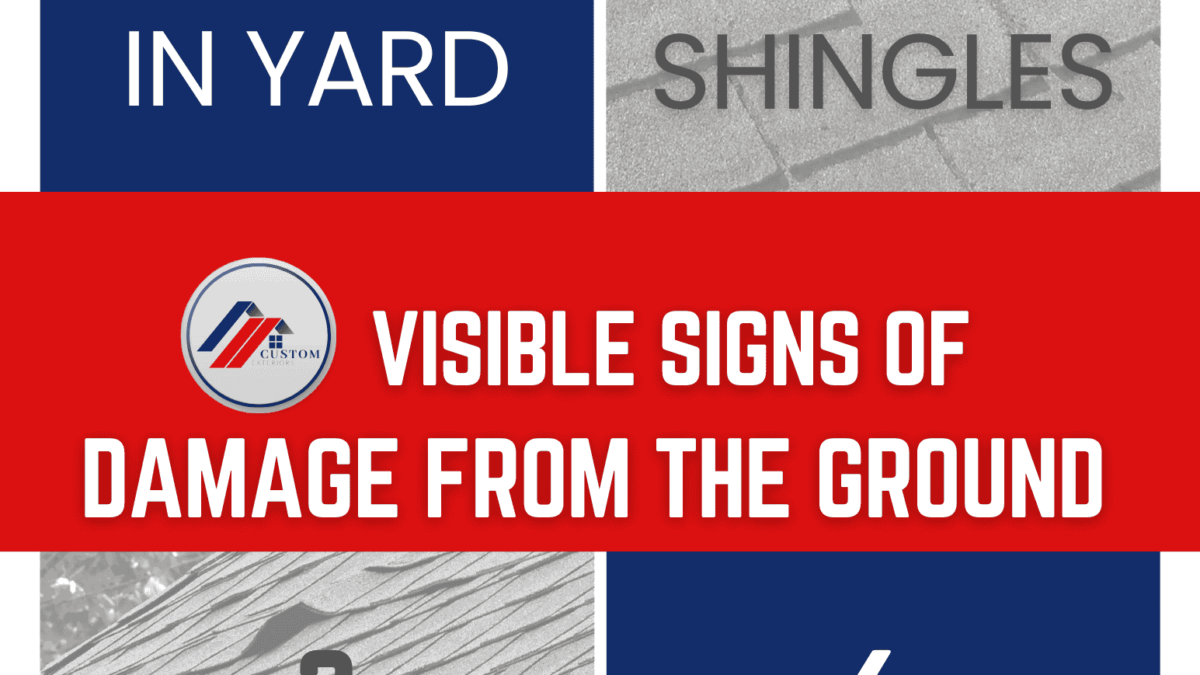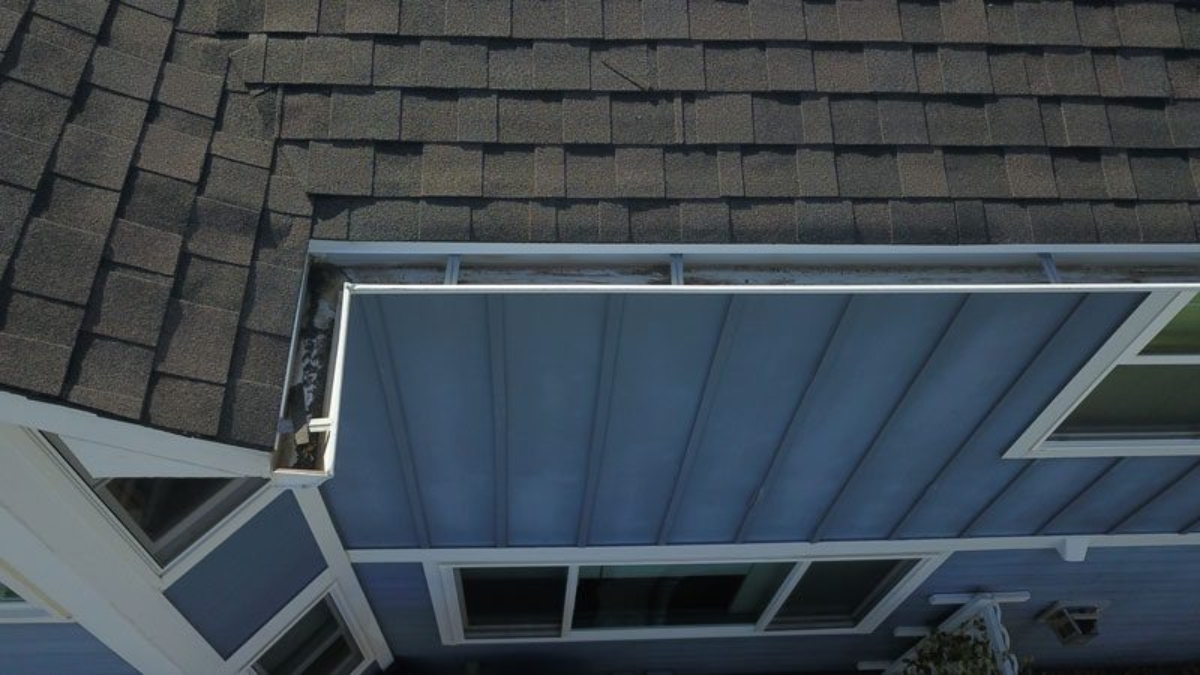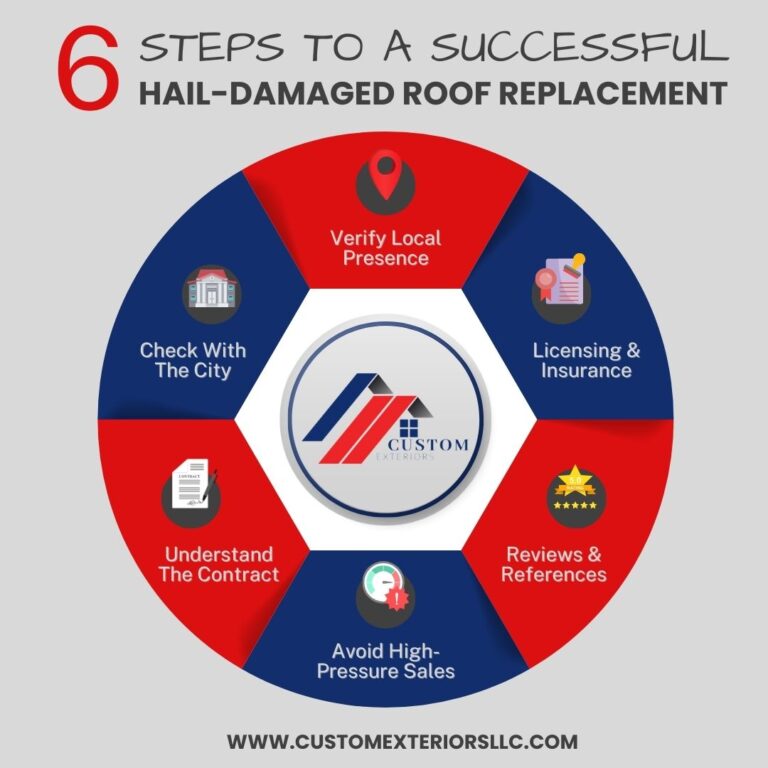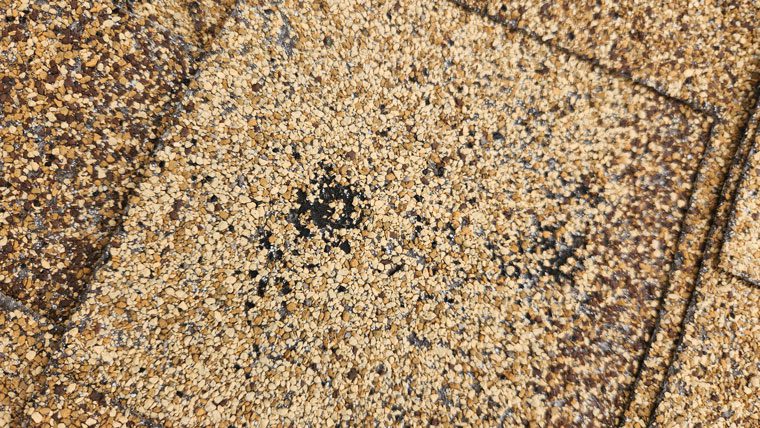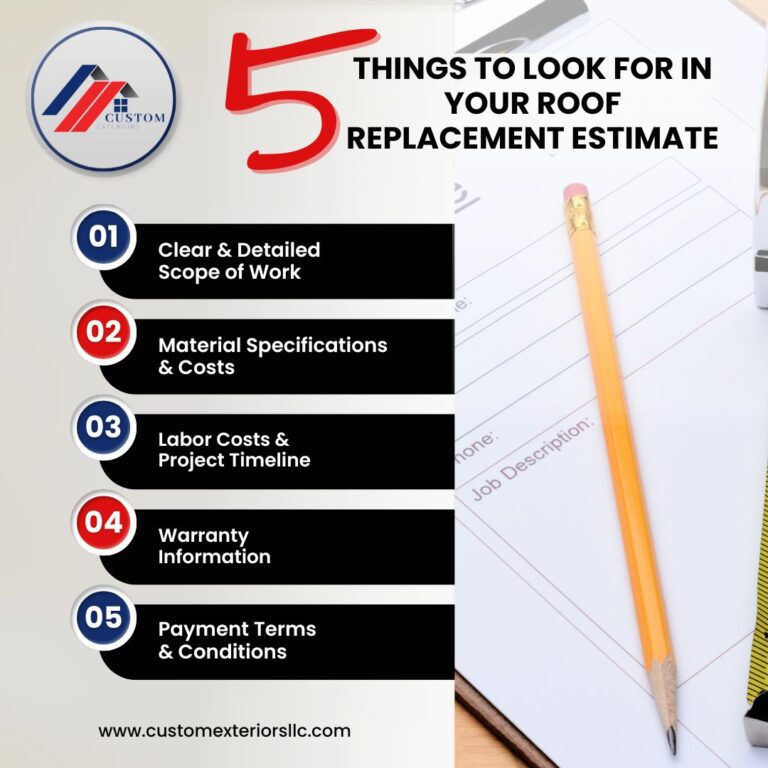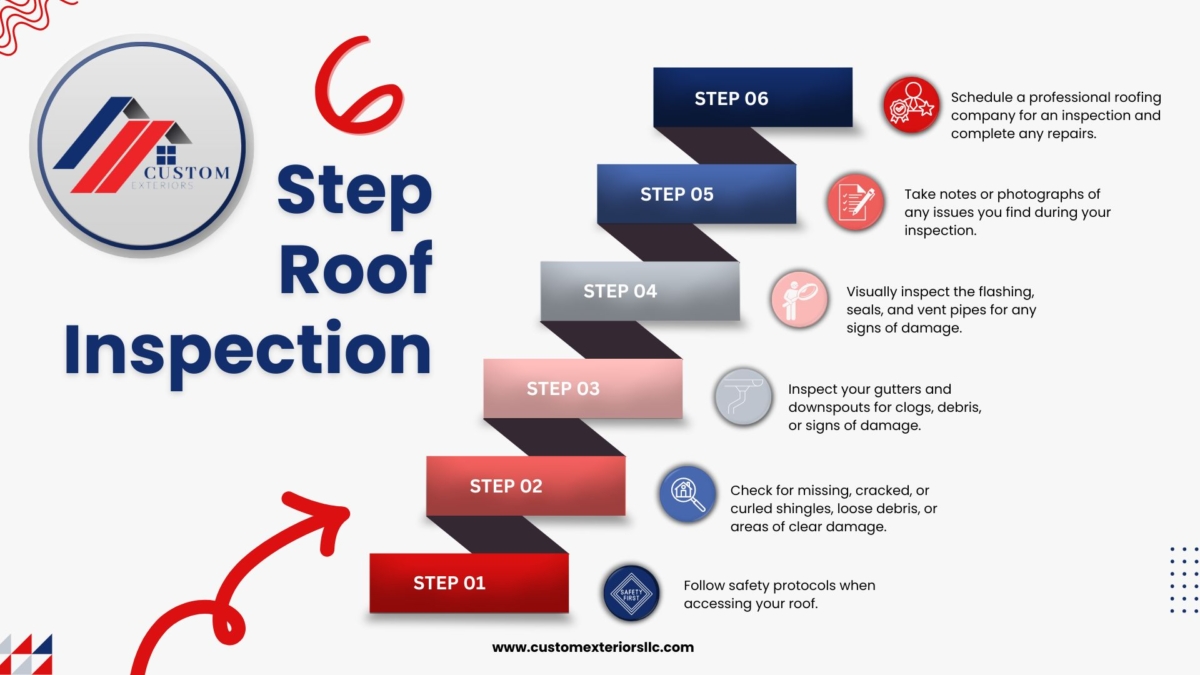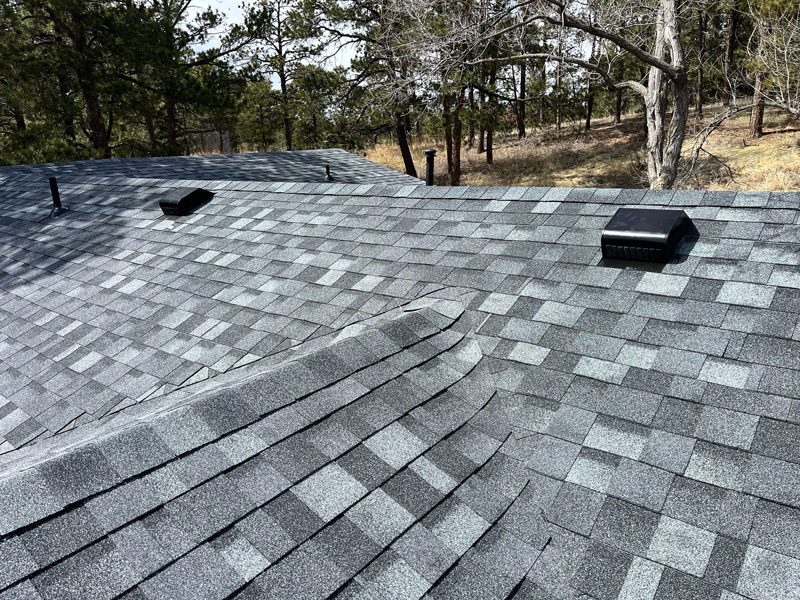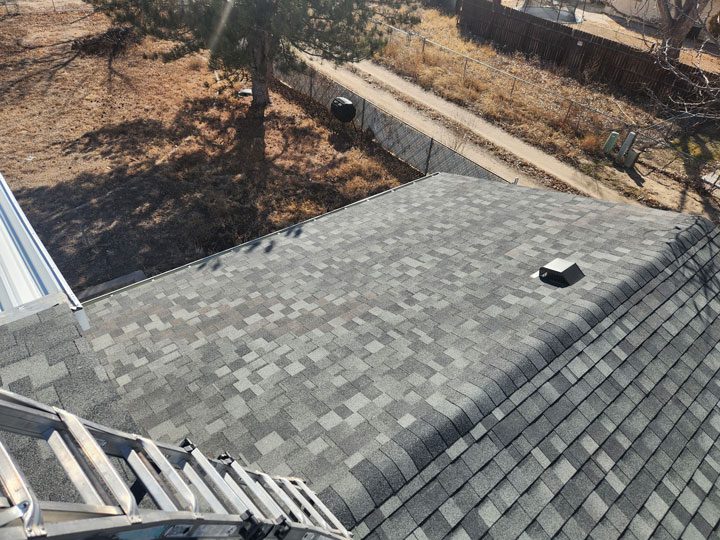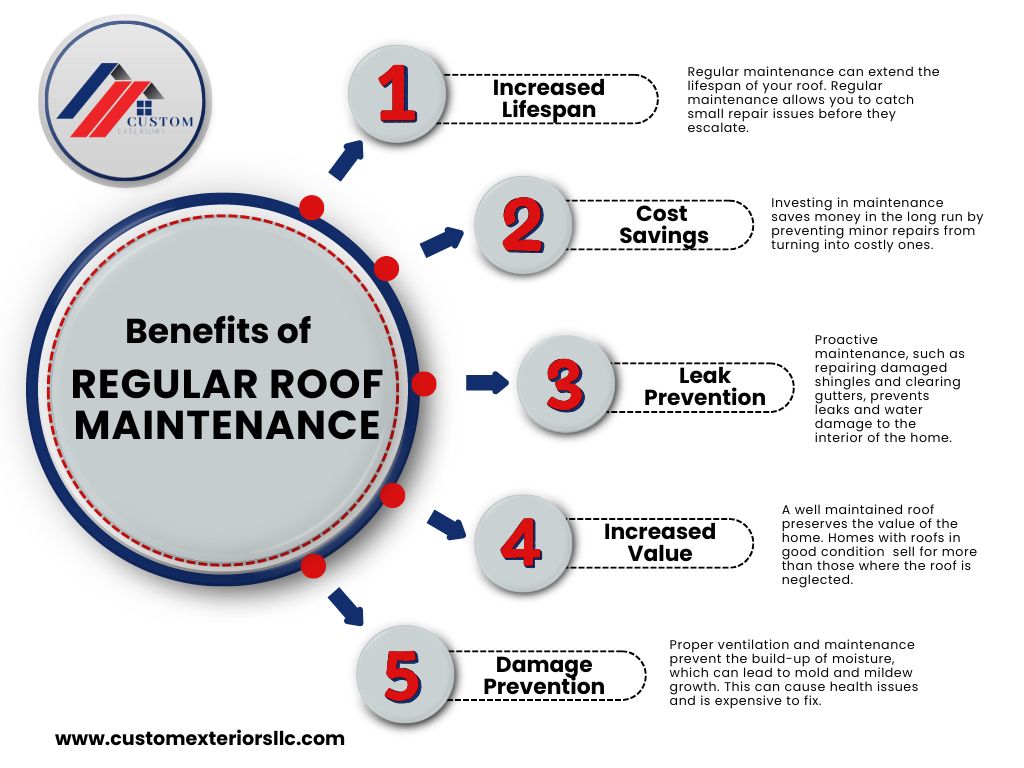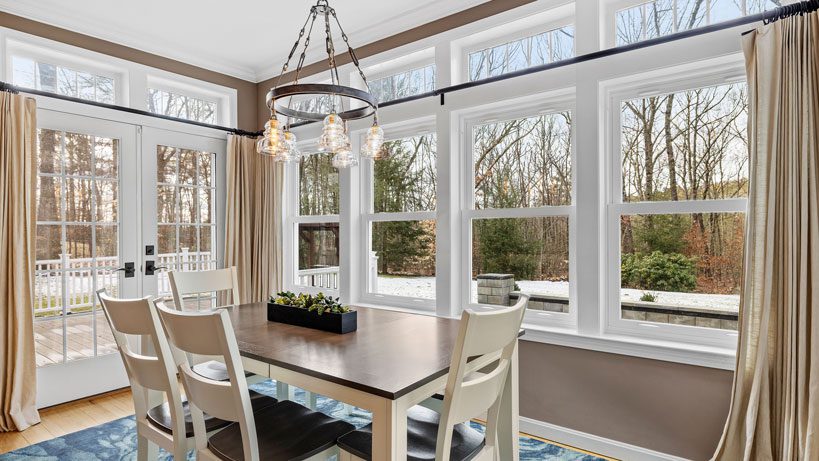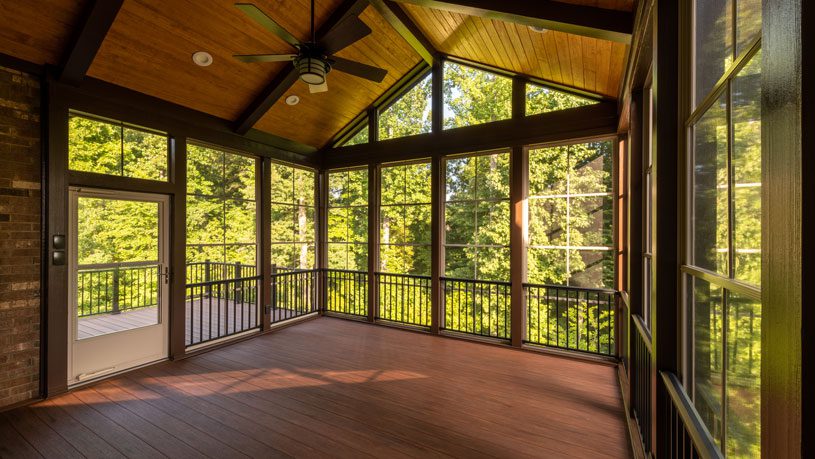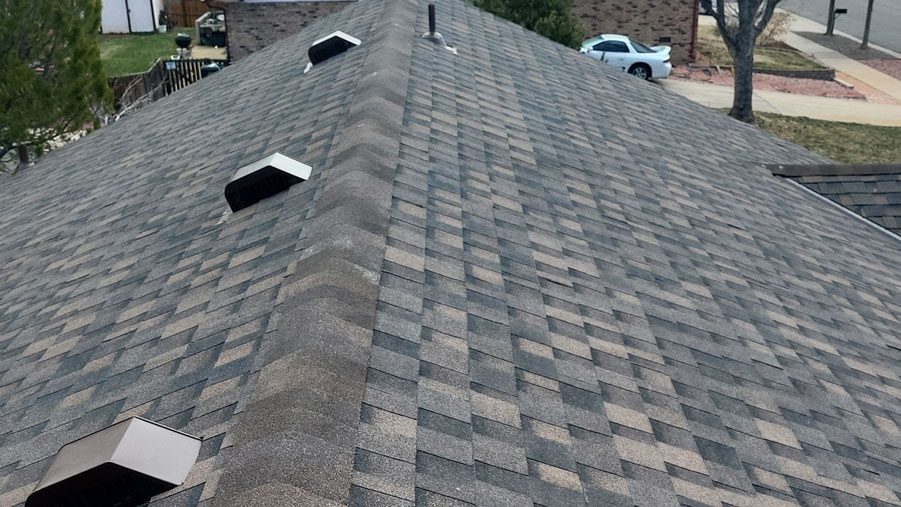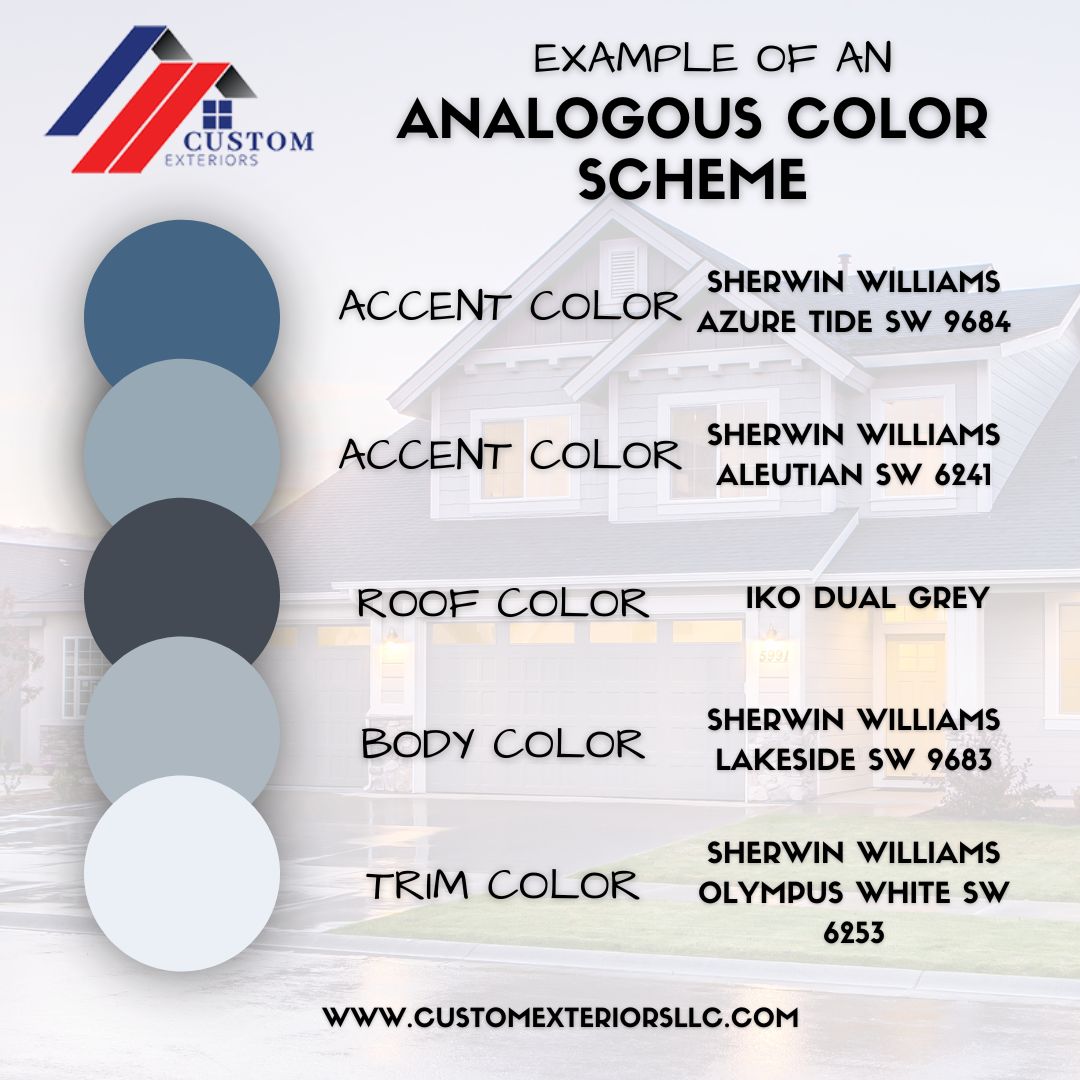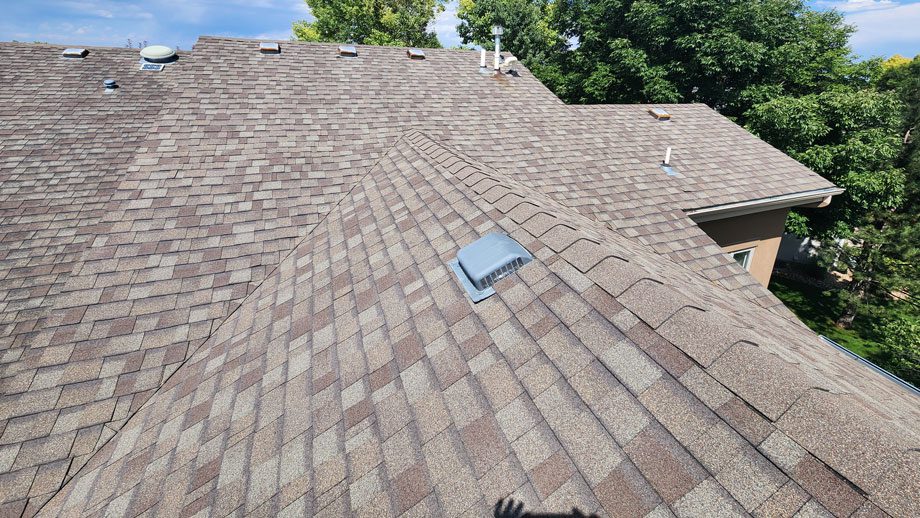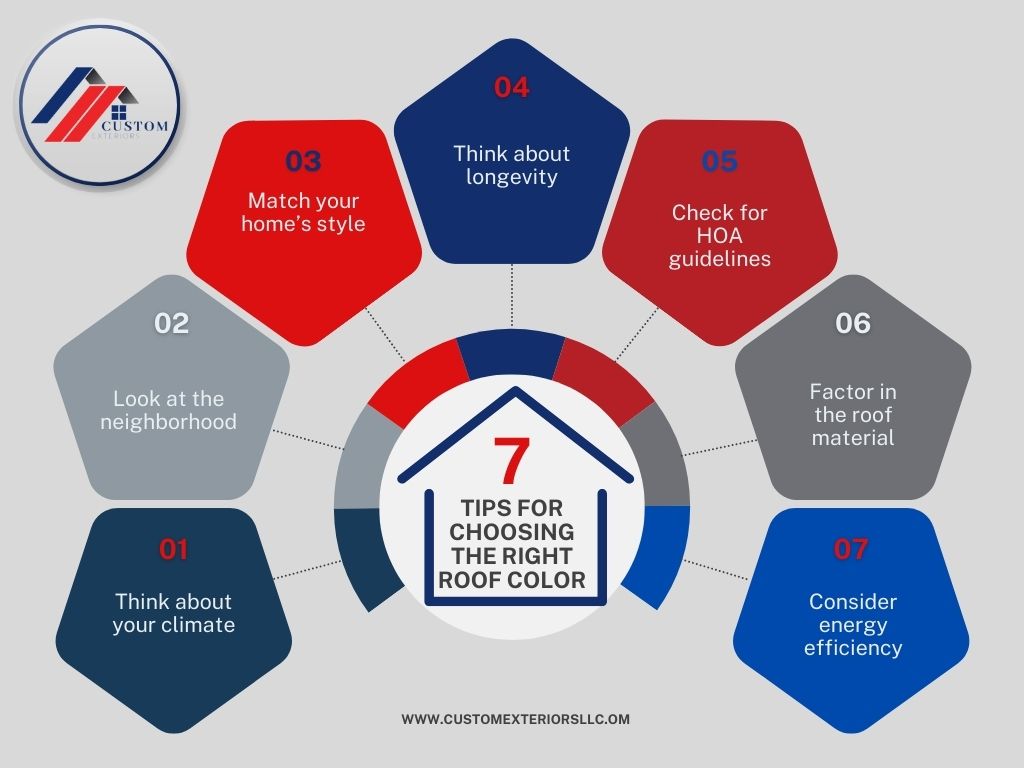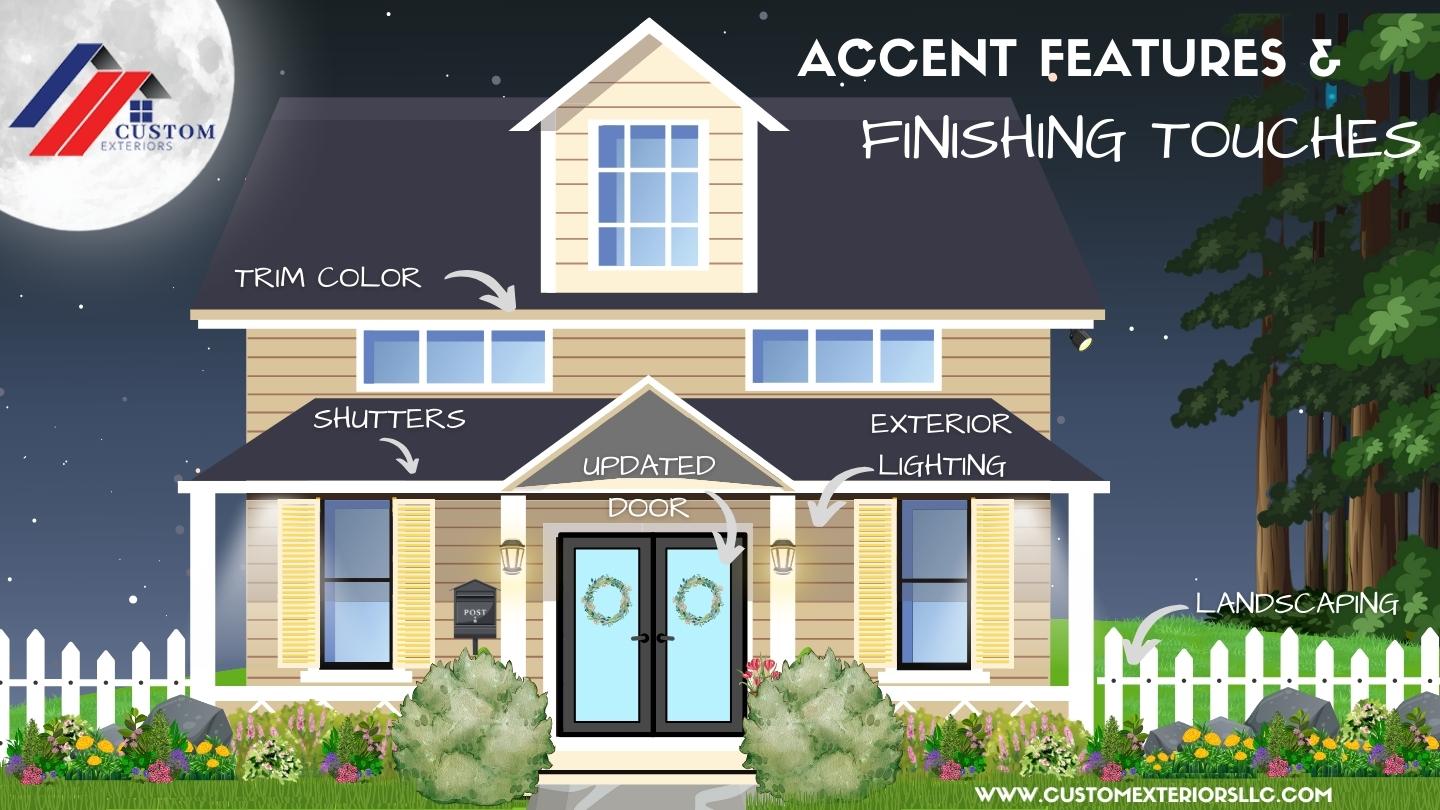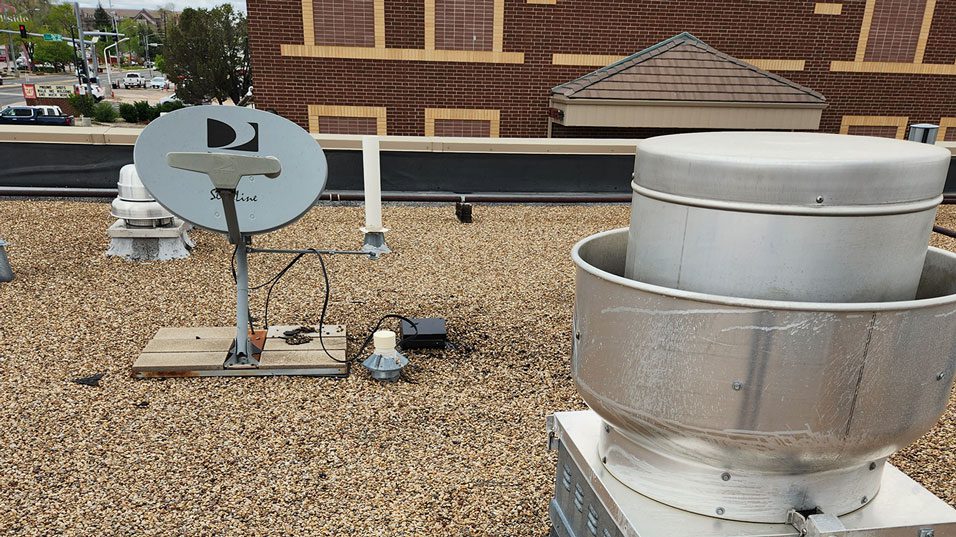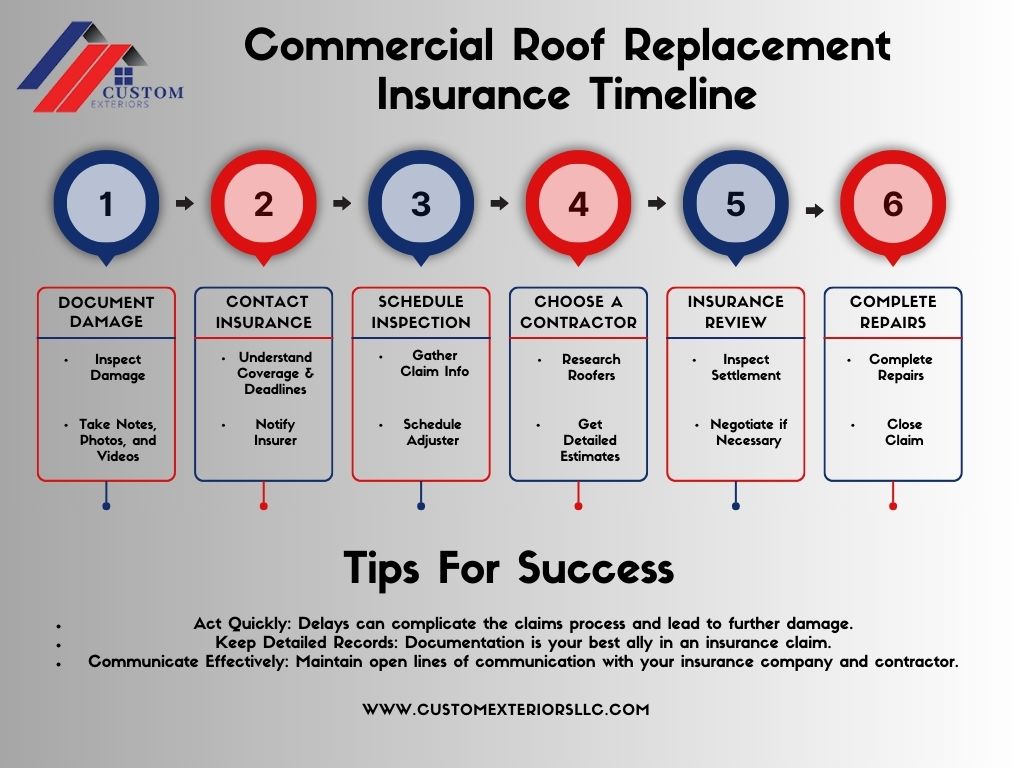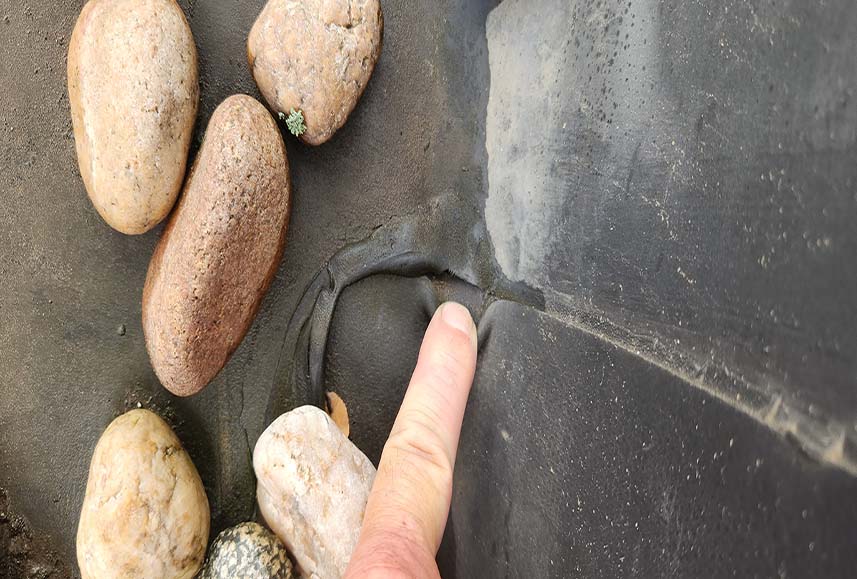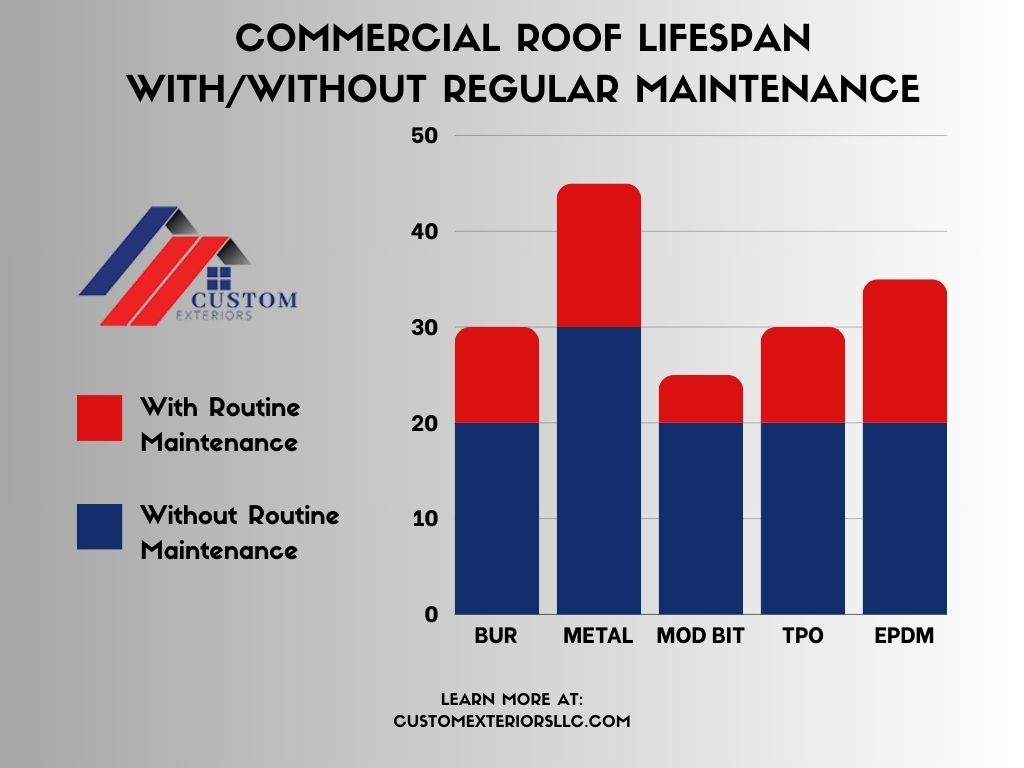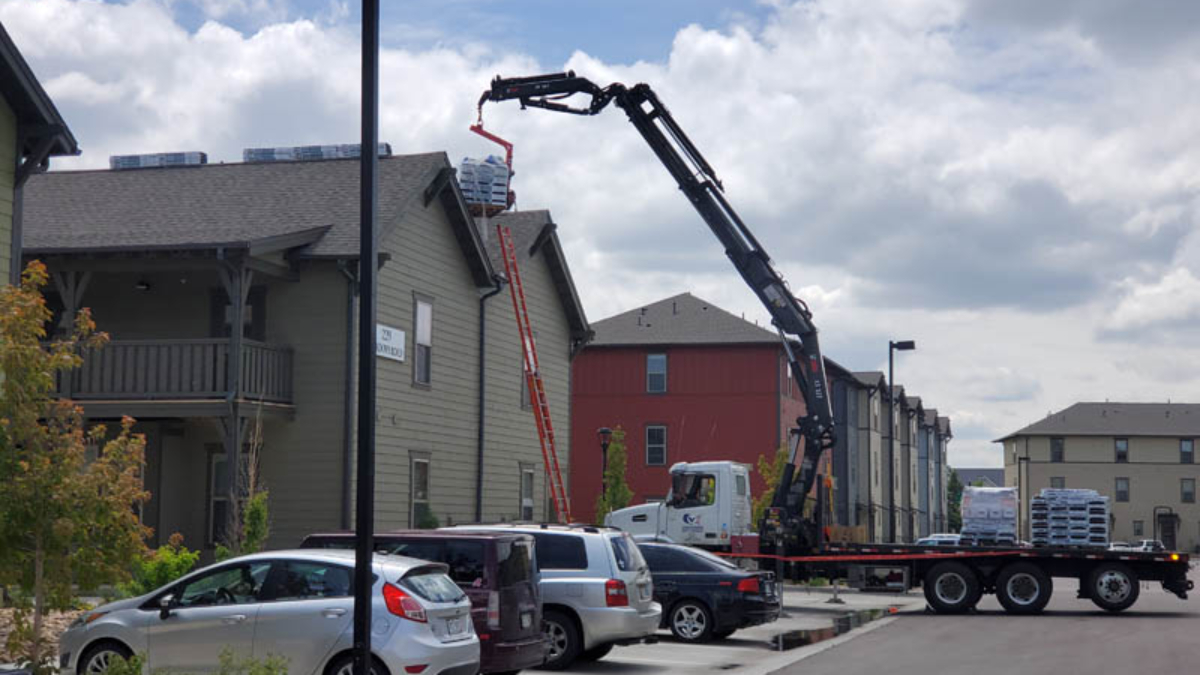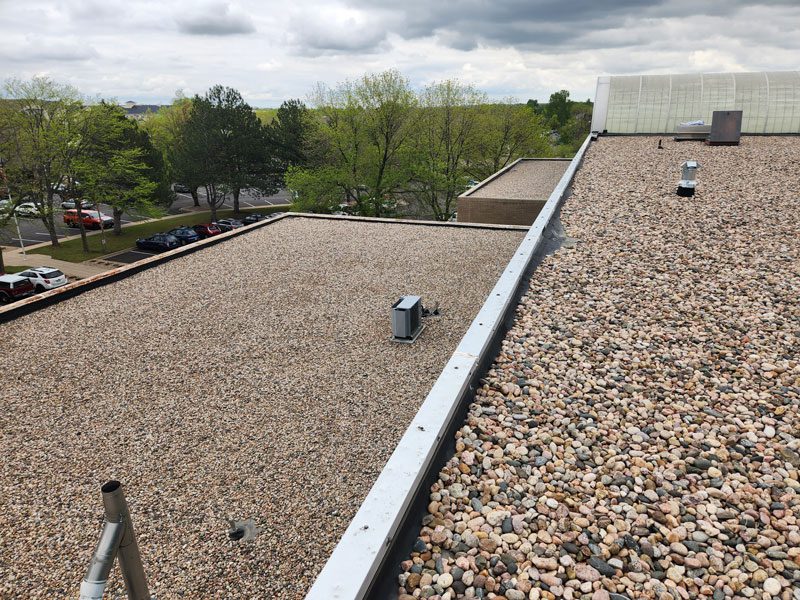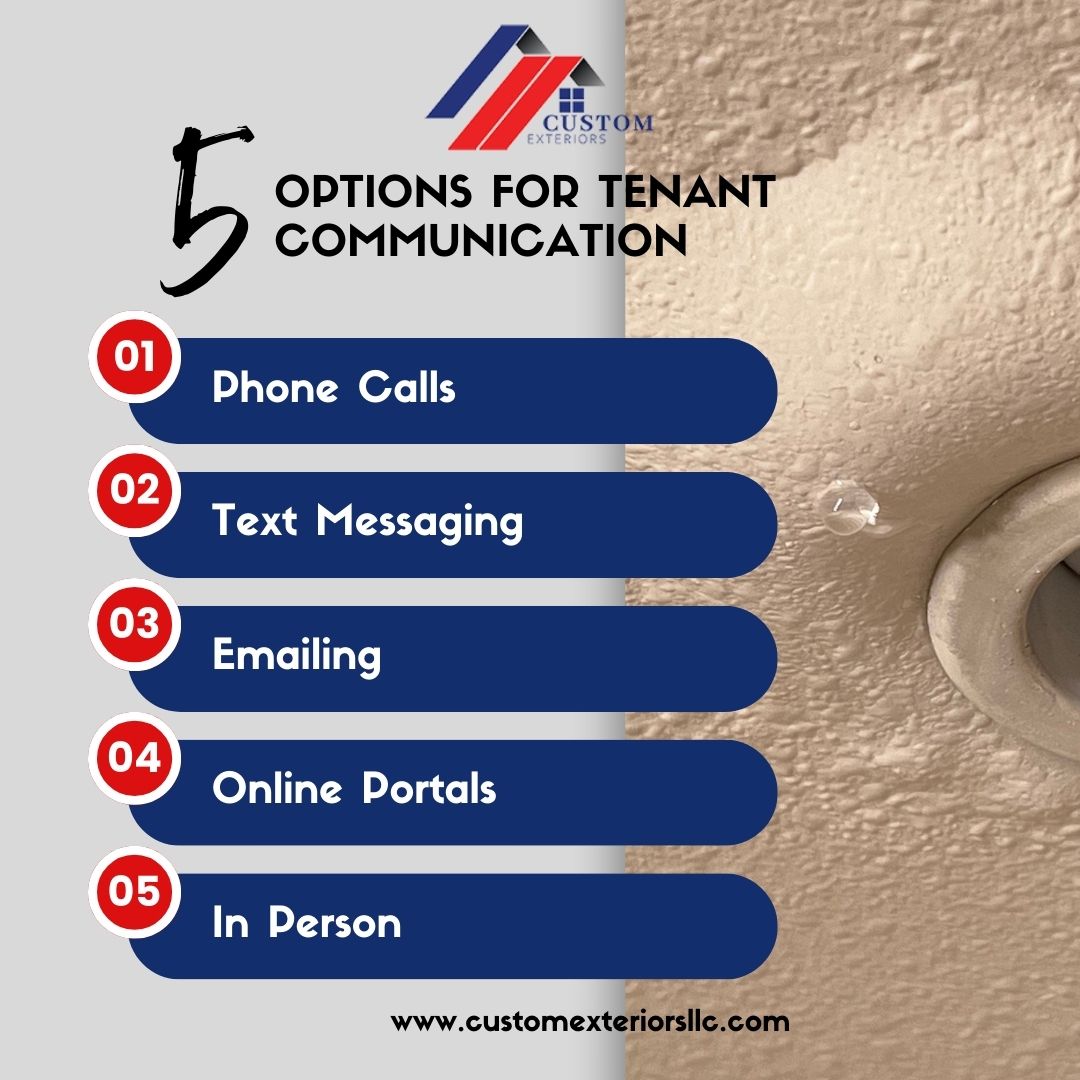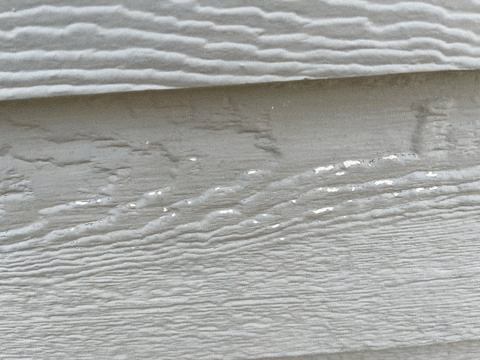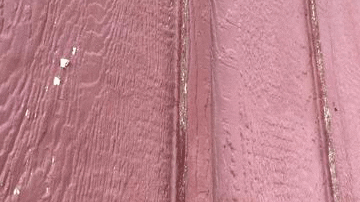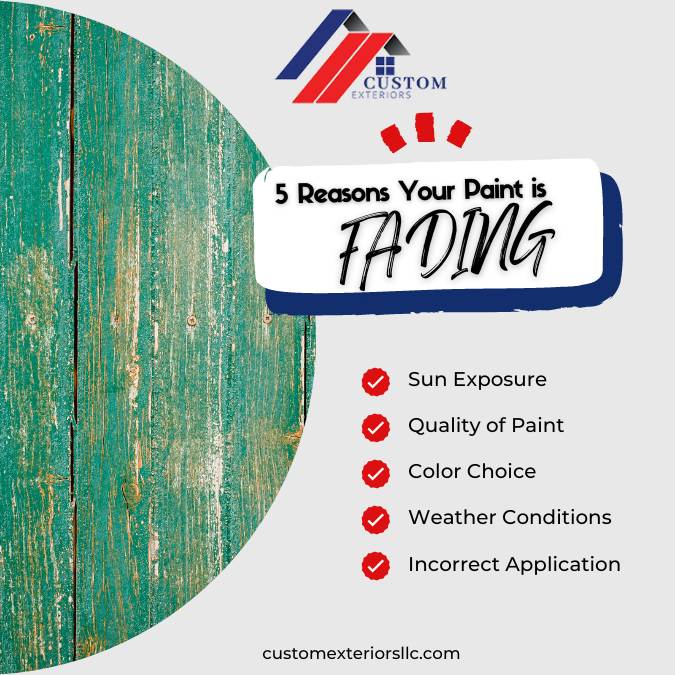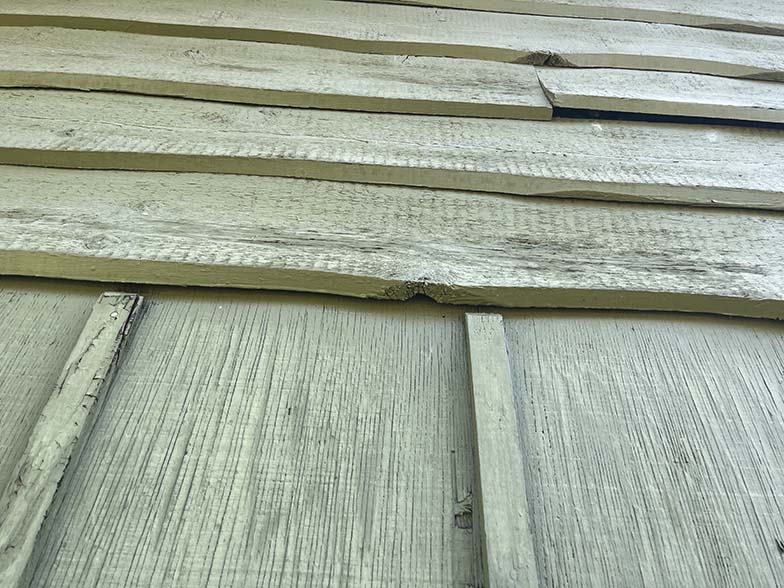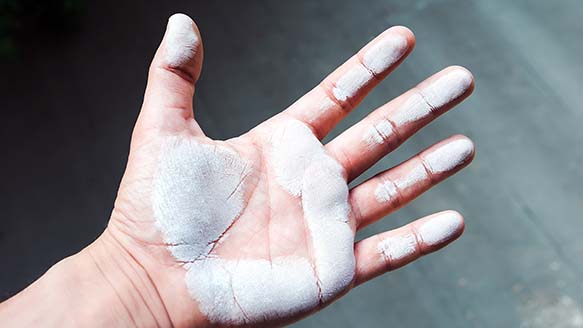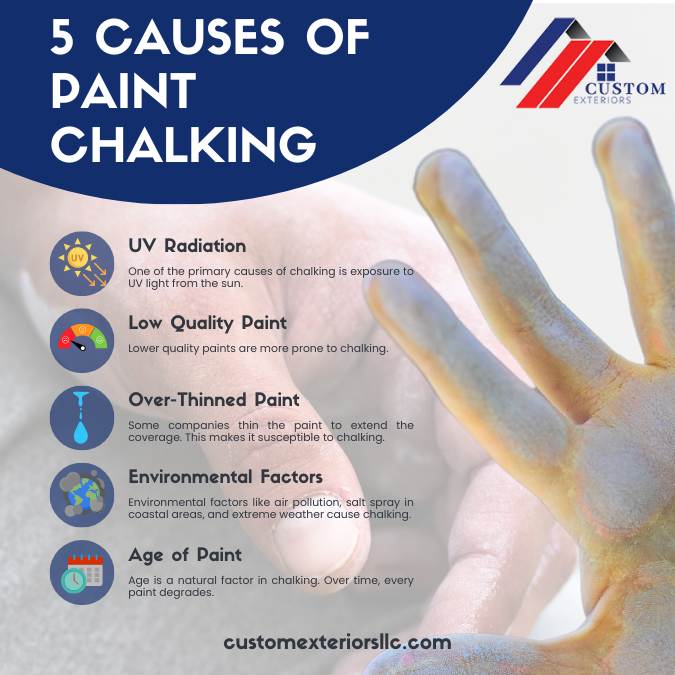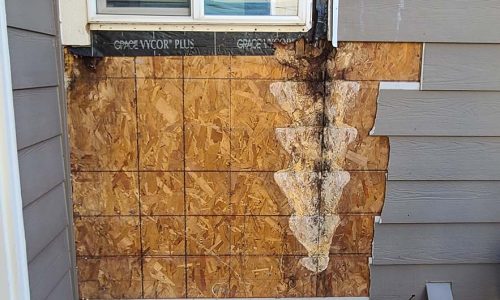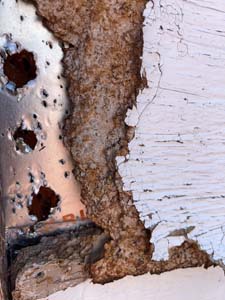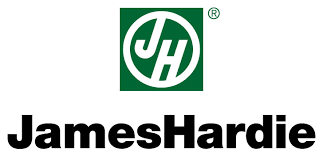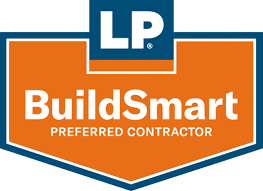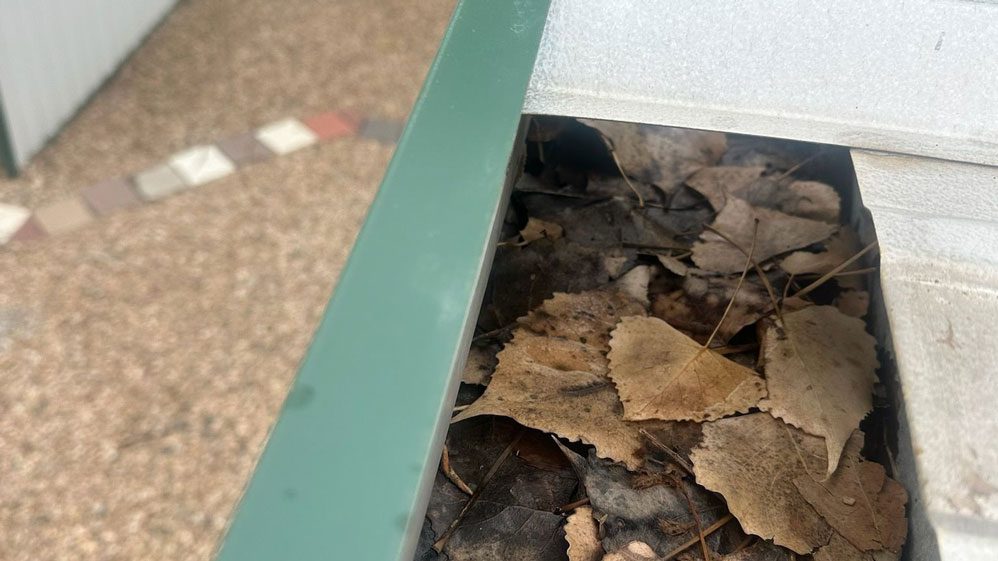
- custom-wp-admin
- April 7, 2025
Northern Colorado Roof Inspections: Is your roof ready for spring?
As an exterior contractor serving homeowners and businesses across Northern Colorado, we’ve seen firsthand what a long winter can do to a roof. Roof systems are constantly tested between the heavy snowfalls, high winds, and freezing temperatures in this part of the state. Sometimes, the signs of wear aren’t always obvious until it’s too late.
During the spring, we often see damage ranging from missing shingles scattered across yards to major interior leaks caused by minor sealing issues or clogged gutters. Just a few weeks ago, after a night of steady rain, we walked into our new Greeley office which was still mid-remodel. Right inside the front door was a large wet spot. It wasn’t a faulty roof or a major structural issue. It was something much more common: clogged gutters and drainage issues. A buildup of debris had backed up water and directed it where it didn’t belong. In a later section, we’ll get into more detail on that and how it applies to your home. But it reinforces what we always say: small issues can cause big problems.
That’s why spring is a critical time for roof inspections in Northern Colorado. As the weather improves and you get outside for spring cleaning, it’s the perfect opportunity to spot signs of winter damage before they turn into costly repairs or interior damage. In this article, we’ll walk you through the most common red flags we see after winter and how to tell whether to call in a professional for an inspection.
We’ll cover everything from what to look for from the ground to attic signs, drainage concerns, and even the smallest sealant cracks that can result in major headaches. These suggestions are based on real situations we’ve been called out to fix and, in some cases, lived through ourselves.
Let’s take a closer look at the warning signs you shouldn’t ignore as winter fades and roofing season gets underway.
Common signs of winter roof damage in northern colorado
One of the easiest and most overlooked ways to check your roof after winter is by simply walking your property. As a contractor performing roof inspections across Northern Colorado, we always tell homeowners—start from the ground. You can spot a surprising amount of damage without ever climbing a ladder.
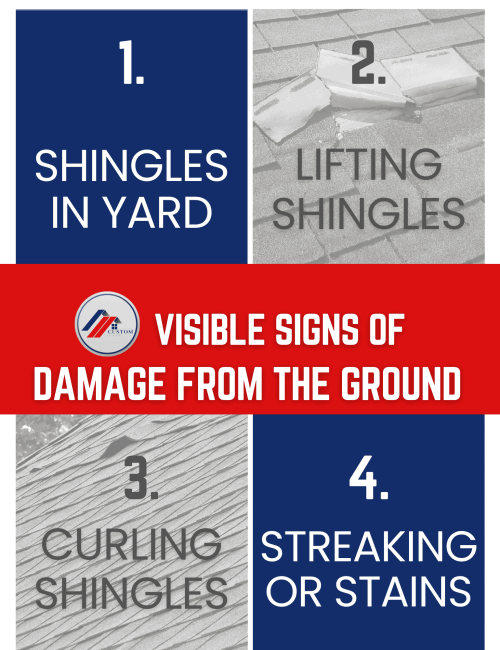
Visible signs from the ground
1. Shingles in the yard
Every spring, we get calls from homeowners who are raking up their yards or cleaning up flower beds and discover something unexpected: a stray shingle or two. In Northern Colorado, our winds can be brutal—especially out on the plains. That kind of gusting can lift shingles right off, even on relatively new roofs. If you find shingles in your yard, especially after wind or snow, that’s a clear sign you should schedule an inspection. Missing or loose shingles compromise your roof’s ability to shed water properly.
2. Lifting or Cracked shingles
Even if you don’t find any in the yard, take a moment to step back from your home and look at the roofline. Can you spot edges lifting or cracking? These signs usually mean your shingles have become brittle—common after repeated freeze-thaw cycles and long exposure to snow. In early spring sun, these weak spots may not hold up to even light rainstorms.
3. Curling shingles
Shingles that appear to curl upward at the edges or cup in the center can signal long-term weather wear or trapped moisture. Curling shingles no longer sit flat and can’t fully protect the roof underneath. This kind of damage often shows up after a harsh winter, especially when heavy snow melts unevenly across the surface.
4. Streaking or Stains
Look for any dark streaks or unusual discoloration on your shingles. These might look cosmetic but can be early signs of algae growth, moisture saturation, or granule loss. All of these are common after a wet or icy season, especially on older asphalt roofs.
These signs might seem minor, but they’re often the earliest indicators of underlying problems. In the next section, we’ll discuss what happens when damage starts to move inside the home. We will also cover how a simple issue like clogged drainage led to a major water problem in our Greeley office.
Problems in the Attic or Ceiling
While ground-level signs are helpful, some of the most damaging issues we see during Northern Colorado roof inspections show up inside the home. If you haven’t looked in your attic or checked the ceilings lately, spring is the right time to do it. Water damage, leaks, and ventilation problems often reveal themselves in the space just below your roofline. If you catch them early, you can avoid major repairs.
1. Water Stains on Ceilings or walls
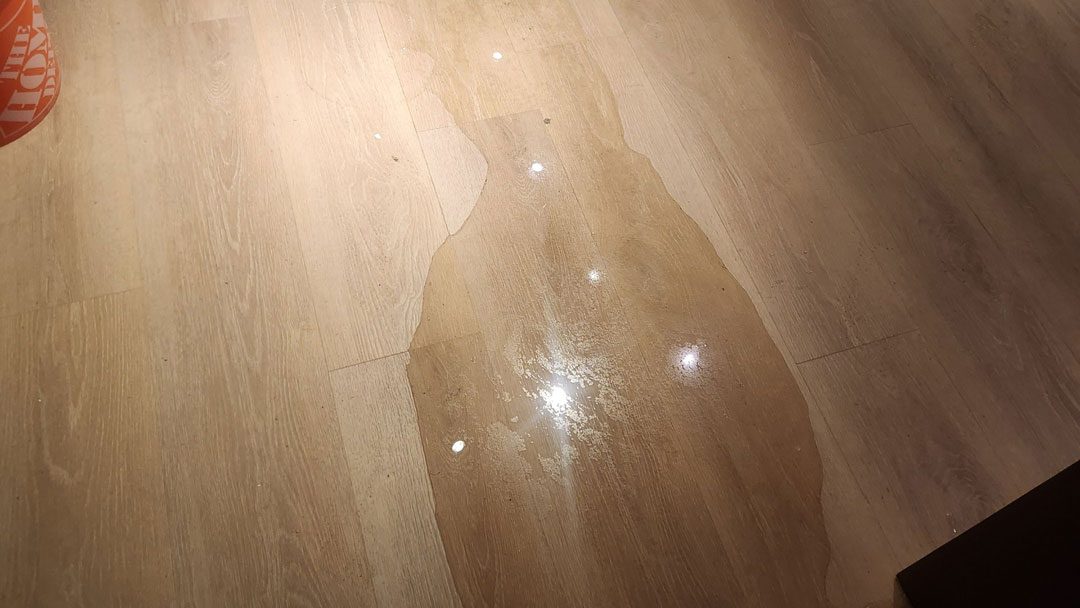
Discoloration on your ceiling—especially brown rings or soft-looking spots—is one of the clearest indicators of a roof leak. But here’s what we’ve learned over the years: the source of the stain isn’t always directly above it. Water travels. It can seep in through a vulnerable point near a vent or flashing, follow roof decking or rafters, and finally show up as a stain in a totally different room.
We recently dealt with this firsthand after moving into our new Greeley office. We were mid-remodel and walked in one morning after a rainy night to find a massive wet spot right in the middle of the space. Our first thought? A roofing issue. But it turned out the actual problem was clogged gutters and poor drainage, which caused water to back up and find its way into the building through the fascia and soffit. It’s a reminder that roofing systems are more than just shingles—and that drainage matters just as much as what’s on top.
2. Musty Odors, mold, or wet Insulation
If your attic smells damp or you notice a musty odor in upper rooms, that’s often a sign of trapped moisture or poor ventilation. After a winter of snow buildup and freezing temperatures, any small leak that lets in moisture can quickly lead to mold growth. This is especially true if your insulation holds onto the moisture. This isn’t just a roofing problem; it becomes a health issue and can impact air quality throughout your home.
If you do check your attic, look at the insulation. Is it damp, flattened, or discolored? Wet insulation loses its effectiveness and can hold moisture against wood framing, leading to rot, mold, and long-term structural damage. This kind of issue is often missed until we’re called for an inspection. We frequently see this in homes with unused or unfinished attic spaces.
gutter and drainage red flags
One of the most common causes of roof damage after winter doesn’t start with the shingles—it starts with the gutters. We’ve seen this repeatedly in Northern Colorado roof inspections and, most recently, right at our own office.
This kind of problem is easy to overlook because it’s not always obvious from the outside. Gutters that are full of debris from fall and winter block the natural drainage path for melting snow and early spring rain. The water starts to back up at the eaves, and instead of flowing away from the home, it seeps under the shingles or behind the fascia, leading to leaks that show up inside. In some cases, the weight of snow and ice in blocked gutters can even cause them to pull away from the home entirely, damaging the soffit or siding along the way.
According to the National Association of Home Builders (NAHB), “Gutters and downspouts that are blocked or damaged can cause water to pool on the roof or around the foundation, leading to water intrusion, mold, and even structural damage.” That risk is even higher in Northern Colorado, where snow melt and spring storms can hit within the same week.
Homeowners sometimes assume if water isn’t pouring over the edges, things must be working fine. But the truth is, clogged or poorly pitched gutters can quietly cause thousands of dollars in damage, often before there’s any sign inside the home. If your gutters overflow during rain or you see staining on the siding below the eaves, it’s worth a closer look. It may be time to schedule a roof inspection to check for related issues.
Flashing and Roof Penetrations
Some of the most frustrating calls we get as exterior contractors come from homeowners dealing with interior water damage. Often only to find that the cause is something as small as a cracked line of calking. We were once called out to a property with an active leak, and after a full inspection, the problem came down to a tiny crack in the calking of the flashing around their fireplace. That one small failure allowed water to sneak in with every spring storm. It looked minor on the surface but caused significant staining and moisture damage inside the home. It’s a perfect example of how the most minor vulnerabilities in your roof can turn into major issues if left unchecked.
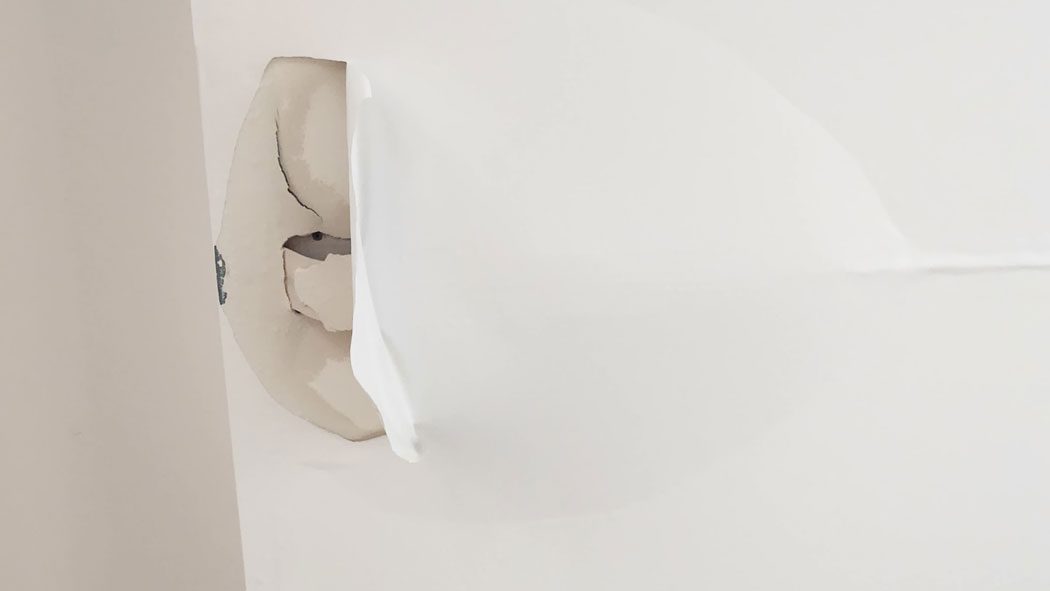
When we talk about roof penetrations, we’re referring to anything that interrupts the continuous plane of the roof. This includes things like chimneys, skylights, plumbing vents, furnace flues, and attic fans. These areas are protected by flashing and sealants that direct water away from the openings. But after a long Northern Colorado winter, with its repeated freeze-thaw cycles and strong winds, even the best-installed flashing can loosen or deteriorate. Sealants become brittle over time, especially when exposed to snow, ice, and direct sunlight bouncing off snow-covered rooftops.
We see this a lot in five to ten years old homes. This is because they are young enough that the shingles still look good but old enough that flashing and sealants may be starting to fail. These problem areas are often missed in a quick visual check from the ground. They require a close inspection during a proper roof assessment. In our experience doing roof inspections throughout Northern Colorado, flashing issues are one of the top three most common sources of leaks after winter weather.
You might not see signs right away. Over time, moisture entering at these weak points can lead to rot in the decking, damage to insulation, and even mold inside walls and ceilings. The cost to reseal or replace flashing is relatively low compared to the repair costs that come when it’s ignored.
When we conduct spring roof inspections, we always check the status of all roof penetrations. In our climate, these areas take a beating and are often the first points to fail—especially after a heavy snow year or when wind-driven rain sneaks under aging seals.
Next, we’ll talk about what happens when winter weather doesn’t just wear out roofing materials—but actually puts pressure on the structure itself. Let’s talk about how to recognize signs that your roof may be under structural stress from a long Colorado winter.
Structural Warning Signs
While a lot of winter-related roof damage is surface-level—missing shingles, loose flashing, clogged gutters—some of the most serious issues go deeper. After a harsh winter in Northern Colorado, especially one with heavy snow accumulation or multiple freeze-thaw cycles, your roof structure may be under stress in ways that aren’t immediately obvious.
We’ve seen this most often in older homes or buildings with aging framing, but even newer structures can be affected if conditions are right. Snow may not seem heavy, but it adds up quickly. Wet snow is particularly dense, and repeated storms without proper melt-off can lead to a dangerous buildup of weight on the roof. Over time, this added load puts strain on the trusses, rafters, and decking that support your roof.
One of the clearest signs of structural stress is a roof that looks uneven or feels soft underfoot. In some cases, homeowners notice dips in the ridgeline or sagging between trusses. In others, it’s more subtle—nails popping through drywall, doors sticking in their frames, or cracks forming along the tops of walls and ceilings. While these might look like minor cosmetic issues, they can point to the roof shifting slightly under pressure.
We’ve performed roof inspections in Northern Colorado where the damage wasn’t due to wind or hail. Instead, upon close inspection, they had long-term water intrusion that weakened the decking over time. In some of these cases, the only clue something was wrong came from inside. Signs begin to show, such as moisture-damaged attic beams, damp insulation, or slight warping in the roof line. The damage was already extensive when it showed on the exterior.
When to call a professional
As a roofing contractor who’s done hundreds of roof inspections across Northern Colorado, I can confidently say—it’s better to check than to guess. Most of the serious roof problems we see each spring started months earlier with something small: a loose shingle, a crack in a vent pipe seal, or backed-up gutters after a storm. These don’t always show up right away, but by the time interior damage becomes visible, it’s already too late for a simple fix.
We’ve worked with homeowners who had no idea their roof had an issue until water started dripping through their ceiling during a spring rain. In one case, the leak was caused by a tiny crack in the sealant around a vent—so small it could have been fixed in under an hour if caught earlier. Instead, it led to damaged insulation, ceiling repairs, and mold mitigation. These are preventable problems, but only if you know they’re there.
Another issue is that not all damage can be seen from the ground. You might walk around your house and think everything looks fine, but a full roof inspection involves getting up close, checking shingles, flashing, penetrations, drainage systems, and attic spaces. Most homeowners aren’t comfortable doing that themselves—and they shouldn’t have to.
Schedule a spring roof inspection
That’s why spring is the perfect time to schedule a professional roof inspection. The snow has melted, the roof is fully visible, and it’s early enough in the year to plan for repairs before summer storms bring heavy rain and hail. Northern Colorado’s weather is unpredictable, and waiting until there’s a visible leak often means you’ve missed your window to prevent interior damage.
A professional inspection doesn’t just spot current issues—it helps you understand your roof’s condition and lifespan. We let homeowners know if they’re looking at another five years of performance or if it’s time to start budgeting for replacement.
If you’ve seen any of the signs we’ve talked about—loose shingles, discoloration, attic moisture, or clogged gutters—it’s time to bring in someone who can take a closer look. Even if you haven’t noticed anything yet, an inspection offers peace of mind and a clear picture of what your roof needs after the winter season.
At Custom Exteriors, we offer detailed, honest roof inspections backed by years of hands-on experience in our climate. We don’t just look at the surface—we check flashing, penetrations, ventilation, gutters, and everything in between. We’ll give you a clear, straightforward report on what we find, and if there’s work to be done, we’ll explain your options without pressure.

